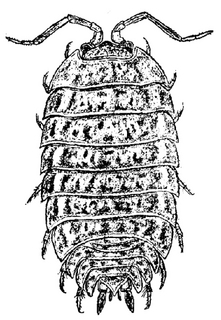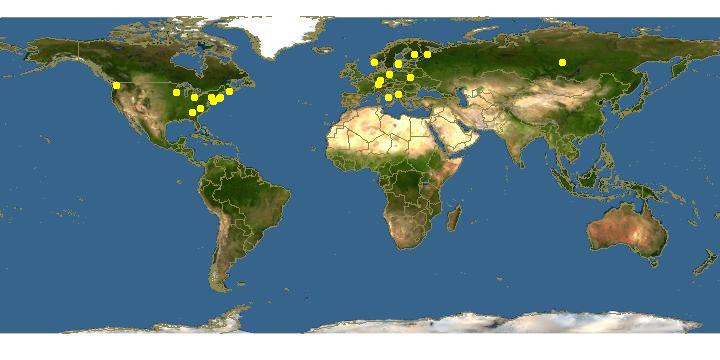|
80x5 -
240x3 -
240x4 -
320x1 -
320x2 -
320x3 -
640x1 -
640x2
Set display option above.
Click on
images to enlarge. |
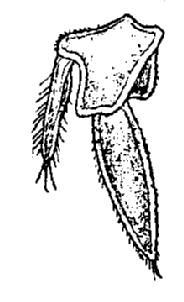
© Richardson, 1905
· 1
Trachelipus rathkii, uropod |
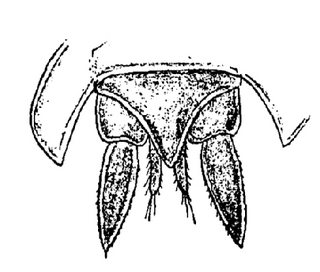
© Richardson, 1905
· 1
Trachelipus rathkii, uropods |
|
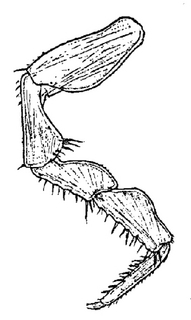
© Richardson, 1905
· 1
Trachelipus rathkii, seventh, leg |
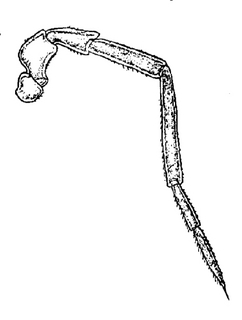
© Richardson, 1905
· 1
Trachelipus rathkii, second, antenna |
|
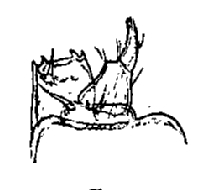
© Richardson, 1905
· 1
Trachelipus rathkii, maxilliped |
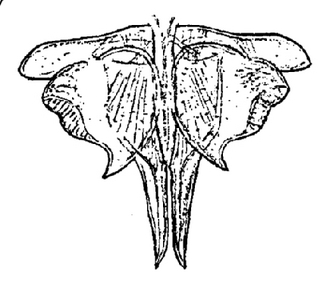
© Richardson, 1905
· 1
Trachelipus rathkii, male, first, pleopod |
|

© Richardson, 1905
· 1
Trachelipus rathkii, flagella |
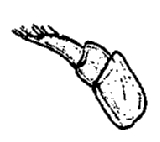
© Richardson, 1905
· 1
Trachelipus rathkii, first, antenna |
|
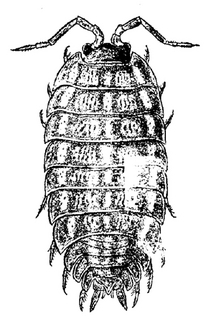
© Richardson, 1905
· 1
Trachelipus rathkii, female, dorsal |
|
Identification |
Reprinted from Richardson, H. 1905. Isopods of North America. Bulletin No. 54 of the United States National Museum.
Localities —Springfield, Ohio; Lockland, Ohio; Columbus, Ohio;
Clifton, Cincinnati, Ohio; Chaumont, New York; Syracuse, New
York; St. Marys, Georgia; Salem and Beverly, Massachusetts; Lake
Champlain; New York City; Lawrence, Massachusetts; Washington,
District of Columbia; Saginaw, Michigan; Freeport, Maine; Victoria,
Texas; Providence, Rhode Island; also Europe.
Found in woodsheds, greenhouses, on rotten logs, under brick and boards, under logs, at river bottom.
Body oblong-ovate, a little more than twice as long as wide, 5 mm.: 10.5 mm.
Head about twice as wide as long, 1 mm.: 2 mm., with the anterior
margin produced in three lobes, the median one being less produced
than the lateral lobes and all having rounded extremities. The eyes are small, composite, and situated at the base of the antero-lateral lobes. The first pair of antennae are small and inconspicuous and are composed of only two articles. The second pair of antennae have the first article short; the second about one and a half times as long as the first; the third equal in length to the second; the fourth twice as long as the third; the fifth one and a half times as long as the fourth. The flagellum is composed of two subequal articles. The second antennae extend to the posterior margin of the third thoracic segment.
The segments of the thorax are subequal in length. The first one has the antero-lateraI angles produced to surround the head, and they extend almost to the base of the antero-lateral angles of the head. The epimera are perfectly united with the segments. The lateral margins are straight.
All six segments of the abdomen are distinct, the first two having the lateral parts covered by the seventh thoracic segment. The third, fourth, and fifth segments have the lateral parts produced so as to continue the oval outline of the body. The sixth or terminal segment is triangular with apex produced in a long, narrow process. The length of the segment from the base to the extremity of the apex is equal to its width at the base, 1 mm.: 1 mm. The peduncle or basal article of the uropoda extends almost to the extremity of the posterior angle of the lateral part of the fifth abdominal segment, which is a little shorter than the tip of the apical process of the sixth segment. The inner branch is 1 mm. long and is partly concealed by the apical process of the sixth abdominal segment; it extends to the middle of the outer branch. The outer branch is 1 mm. long, and extends about two-thirds of its length beyond the apical process of the sixth abdominal segment.
All the legs are ambulatory in structure.
In color it is a dark brown with three longitudinal lines of light yellow, one median and one on either side at the place of union of the epimera with the segments. Between the median line of light yellow and the lateral lines are wavy lines of light yellow on the brown color, giving it a broken, mottled effect.
The surface of the body is covered with low granules.
|
|
| Supported by | |
Updated: 2024-04-19 09:23:59 gmt
|
